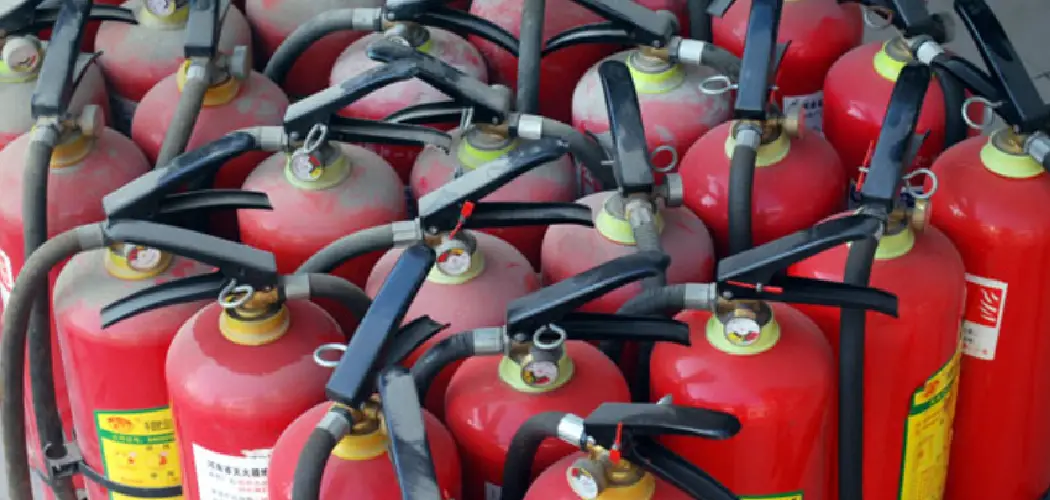When it comes to fire safety, having a fire extinguisher in your home or workplace is crucial. However, once a fire extinguisher has been used or has expired, it needs to be disposed of properly. Simply throwing it in the trash can be dangerous and potentially harmful to the environment.
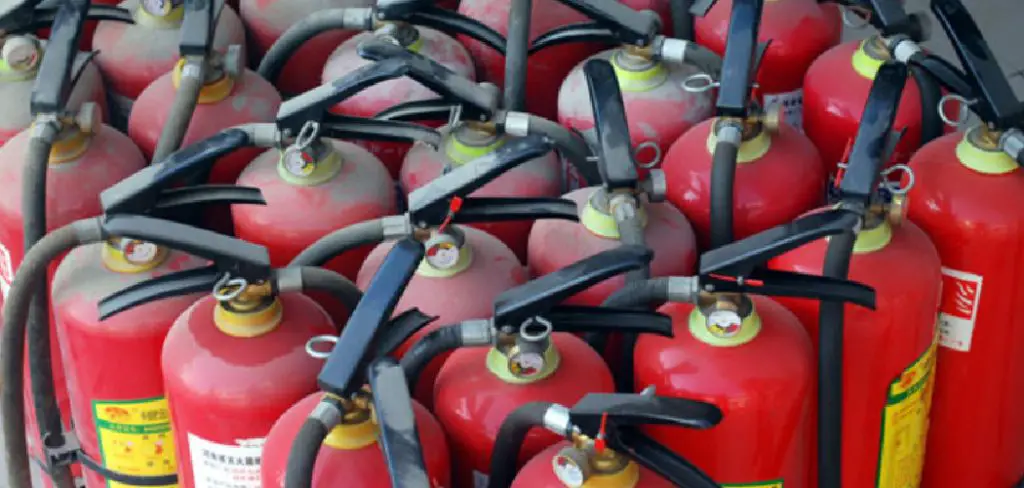
In this guide on how to dispose of fire extinguishers, we will discuss the proper ways to dispose of different types of fire extinguishers.
Necessary Items
Before disposing of your fire extinguisher, make sure to have the following items:
- Protective gloves
- A plastic bag or container
- A marker for labeling
12 Steps on How to Dispose of Fire Extinguishers
Step 1: Check the Expiration Date
First and foremost, check the expiration date of your fire extinguisher. Most fire extinguishers have a lifespan of 10 to 12 years. If it has expired, it needs to be disposed of immediately. So, make sure to check the date before proceeding with disposal.
Step 2: Determine the Type of Fire Extinguisher
There are five main types of fire extinguishers: water, foam, powder, CO2, and wet chemicals. Each type requires a different disposal method due to their varying contents and pressurized containers. Keep reading to find out how to dispose of each type.
Step 3: Empty the Fire Extinguisher
If the fire extinguisher has not been used, you can skip this step. However, if it has been discharged partially or fully, it needs to be emptied before disposal. To do so safely, follow the instructions on the label and discharge the contents in a safe and open area.
Step 4: Wear Protective Gear
Before handling the fire extinguisher, make sure to wear protective gloves. This will prevent any potential skin irritation from chemicals or residue on the extinguisher. Even if the extinguisher has not been used, it is better to be safe than sorry.
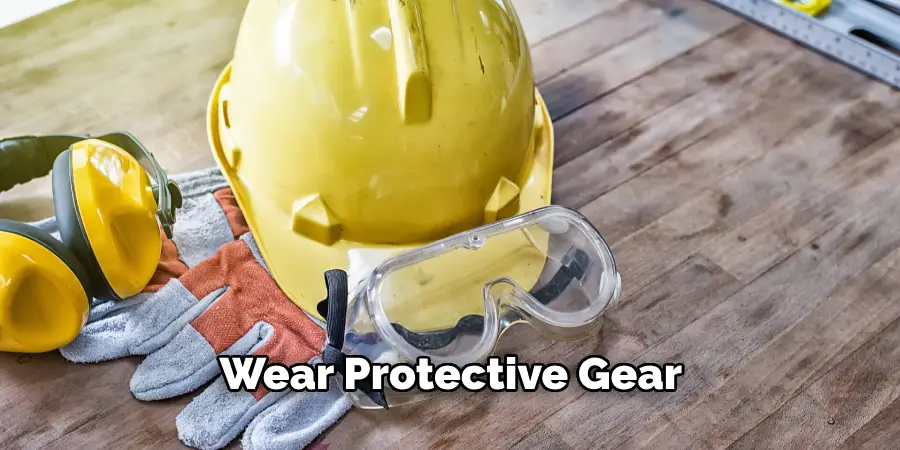
Step 5: Remove the Head of CO2 Extinguishers
If you have a CO2 fire extinguisher, remove the head from the container before disposal. This will ensure that no residual gas remains inside, making it safer to dispose of. There is a valve that you can turn to release any remaining pressure.
Step 6: Wrap the Extinguisher in Plastic
For all types of fire extinguishers, wrap them in a plastic bag or container. This will prevent any residual chemicals from leaking and causing harm during transportation. Make sure the plastic is sealed tight and sturdy.
Step 7: Label the Extinguisher
Using a marker, clearly label the type of fire extinguisher on the plastic. This will help in proper disposal and prevent confusion for those handling it. If possible, also indicate the date and location of disposal.
Step 8: Contact Local Authorities
Before disposing of the fire extinguisher, it is best to contact your local authorities. They may have specific guidelines or regulations for proper disposal in your area. In some cases, they may even offer a collection service for hazardous waste.
Step 9: Check with Local Recycling Centers
Some recycling centers may accept certain types of fire extinguishers for proper disposal. However, it is important to check with them beforehand and follow their guidelines to ensure safe and proper disposal.
Step 10: Contact the Manufacturer
If you are unsure about how to dispose of a specific type of fire extinguisher, contact the manufacturer. They can provide you with precise instructions on how to dispose of their product safely and responsibly.
Step 11: Do Not Throw in the Trash
It is important to note that fire extinguishers should not be thrown in the regular trash. This can be dangerous, as well as harmful to the environment. Always follow proper disposal methods and guidelines to ensure safety for everyone.
Step 12: Consider Refilling or Recharging
Instead of disposing of your fire extinguisher, consider refilling or recharging it if it is still within its expiration date. This not only reduces waste but also saves money in the long run.
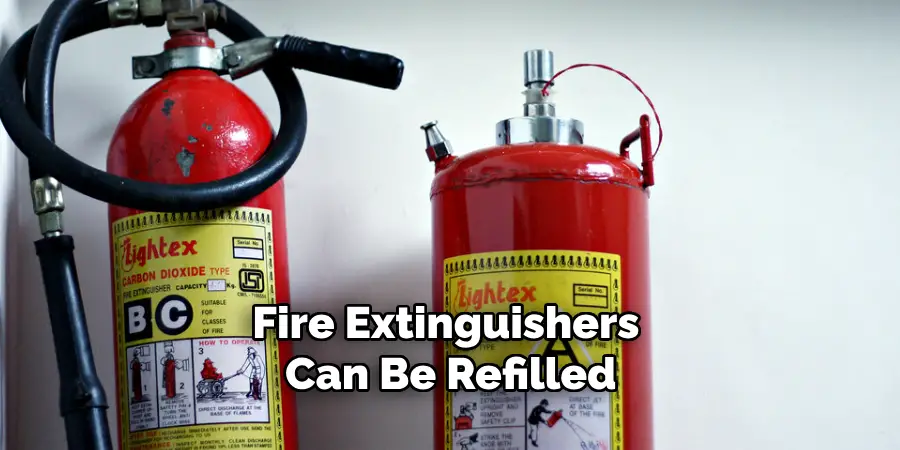
Proper disposal of fire extinguishers is crucial for safety and environmental reasons. Always check the expiration date, determine the type of extinguisher, and follow the necessary steps for safe disposal. Contact local authorities or recycling centers for guidance if needed. Remember, safety should always be a top priority when handling fire extinguishers. So, never hesitate to seek professional help if you are unsure about proper disposal methods.
9 Safety Measures for Using Fire Extinguishers
In addition to knowing how to dispose of fire extinguishers, it is also important to know how to use them safely. Here are nine safety measures you should keep in mind when using a fire extinguisher:
1) Read the Instructions
Before an emergency happens, take some time to read and familiarize yourself with the instructions on your fire extinguisher. This will help you understand how to operate it properly in case of a fire. Like they say, “Better safe than sorry.”
2) Know the Different Classes of Fire
There are different classes of fire, and each requires a specific type of extinguisher. Make sure to use the correct type of extinguisher for the fire at hand, as using the wrong one can make matters worse.
3) Keep an Escape Route
When using a fire extinguisher, always make sure to keep yourself between the fire and an escape route. This will ensure that you can quickly and safely exit the area if needed.
4) Aim at the Base of the Fire
When using a fire extinguisher, aim at the base of the fire and sweep back and forth until it is completely out. This will help to smother the source of fuel for the fire, rather than just spraying on top of it.
5) Use the PASS Technique
Keep in mind the acronym “PASS” when using a fire extinguisher: Pull, Aim, Squeeze, and Sweep. This will help you remember the steps to properly use the extinguisher. Even if you have used an extinguisher before, it is always helpful to review the steps.
6) Know When to Evacuate
If the fire is too large or spreading quickly, do not try to fight it with a fire extinguisher. Instead, safely evacuate the area and call for professional help. Also, if you feel unsafe or unsure about using a fire extinguisher, evacuate as well.
7) Have an Inspection and Maintenance Plan
To ensure that your fire extinguishers are always in proper working condition, it is important to have them inspected and maintained regularly. This can be done by a professional or yourself, following the instructions on the label.
8) Be Aware of Expiration Dates
Fire extinguishers have an expiration date, usually marked on the label. After this date, they may no longer be effective in putting out fires and should be properly disposed of or refilled. Do not risk using an expired fire extinguisher.
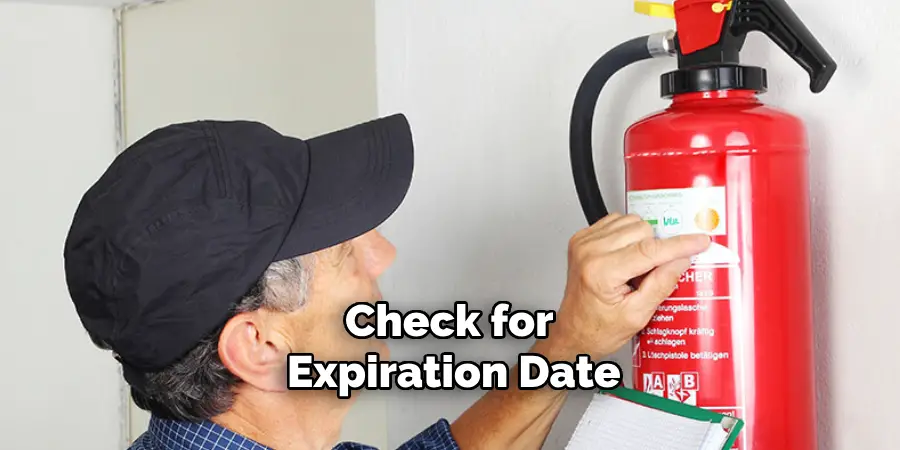
9) Use Protective Gear
If possible, wear protective gear such as gloves and eye protection when using a fire extinguisher. This will protect you from any potential chemicals or debris that may be released during use.
By following these safety measures on how to dispose of fire extinguishers, you can effectively and safely utilize a fire extinguisher in case of emergencies. Remember to always prioritize your safety and seek professional help if needed. Knowing how to properly dispose of fire extinguishers and use them safely are essential skills for any individual. It can save lives and prevent further damage in case of a fire.
8 Things to Avoid When Using a Fire Extinguisher
While knowing what to do when using a fire extinguisher is important, it is equally crucial to know what not to do. Here are eight things you should avoid when using a fire extinguisher:
1) Do Not Touch the Nozzle
The nozzle of a fire extinguisher releases highly pressurized chemicals, which can cause frostbite if touched. Always hold the extinguisher by its handle and avoid touching the nozzle. And never point the nozzle at yourself or others.
2) Do Not Aim at the Flames
Fire extinguishers are meant to be used on small fires, particularly at their base. Aiming directly at the flames can cause them to spread and make matters worse. Always aim at the base of the fire, not the flames.
3) Do Not Use Electrical Fires
If there is an electrical fire, do not use a water-based fire extinguisher. Water conducts electricity and can put you at risk of electrocution. Instead, use a dry chemical or carbon dioxide extinguisher. Just make sure to turn off the power source first.
4) Do Not Use Flammable Liquids
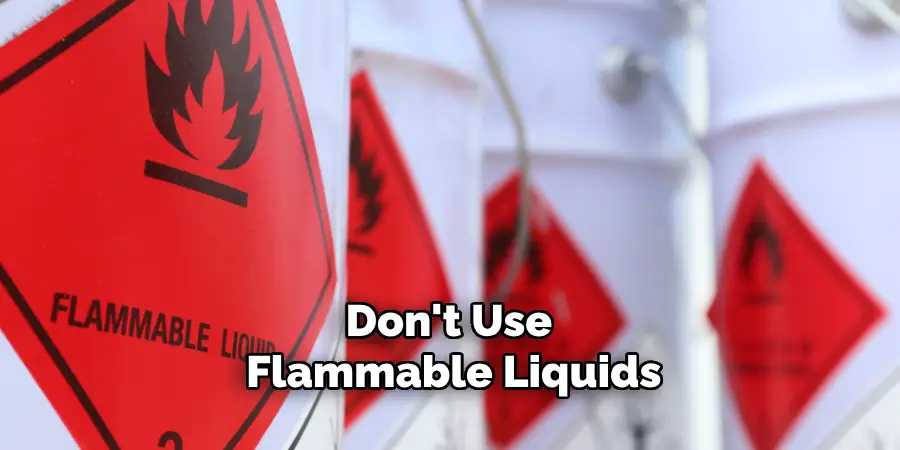
Similarly, using a water-based extinguisher on flammable liquids can cause them to splash and spread the fire. If there is a fire involving liquids such as gasoline or oil, use a dry chemical extinguisher instead.
5) Do Not Try to Be a Hero
While it is commendable to want to put out a fire, never put yourself or others in danger. If the fire is too large or spreading quickly, evacuate and call for professional help instead of trying to fight it alone.
6) Do Not Block Extinguishers
Keep extinguishers easily accessible and not blocked by furniture or other objects. In case of an emergency, you should be able to reach the extinguisher quickly and without any obstacles.
7) Do Not Ignore Maintenance
Regularly inspect and maintain your fire extinguishers to ensure they are in proper working condition. This includes checking the pressure gauge, inspecting for damages, and refilling or replacing when necessary.
8) Do Not Use Extinguishers as Door Stops
Using fire extinguishers for anything other than their intended purpose can damage them and potentially render them useless in an emergency. Avoid using them as door stops or any other makeshift objects.
By avoiding these actions, you can effectively use a fire extinguisher without causing harm to yourself or others. Remember, your safety should always be the top priority in any emergency situation. Stay safe and be prepared for any fire by following these guidelines on how to dispose of fire extinguishers.
8 Additional Tips for Fire Safety
In addition to knowing how to properly use a fire extinguisher, here are eight additional tips for fire safety:
1) Install Smoke Alarms
Make sure to have working smoke alarms installed throughout your home or workplace. These can help alert you of a fire and give you precious time to evacuate. While it is important to have smoke alarms, remember to regularly test and replace the batteries as needed.
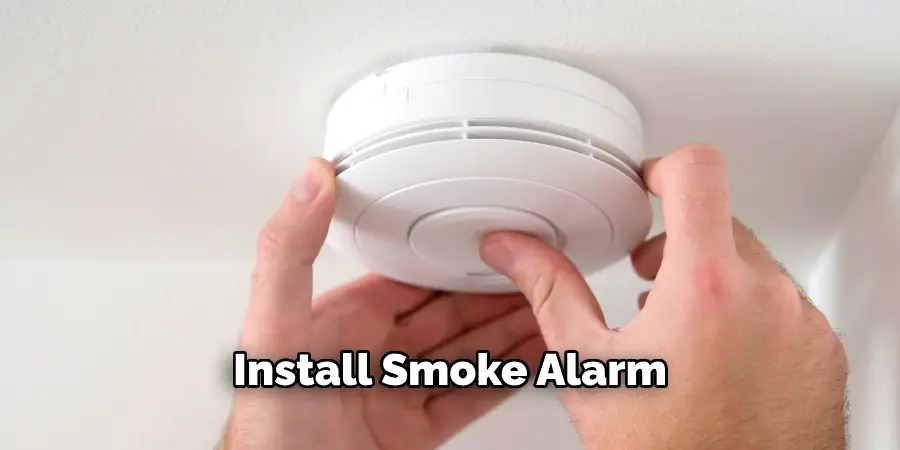
2) Have an Escape Plan
Create a fire escape plan for your home or workplace and practice it regularly with everyone involved. This will help ensure that everyone knows what to do in case of a fire and can safely evacuate.
3) Keep Fire Hazards Away
Keep flammable objects such as curtains, paper, and furniture at least three feet away from heat sources like stoves, heaters, and fireplaces. Also, avoid overloading electrical outlets and use surge protectors when necessary.
4) Know How to Shut Off Utilities
In case of a fire or other emergency, know how to shut off utilities such as gas, electricity, and water. This can help prevent further damage and ensure the safety of everyone involved. And don’t forget to regularly check and maintain your utilities.
5) Have a Fire Extinguisher in Every Room
Having a fire extinguisher in every room where fires are likely to occur, such as the kitchen, garage, or workshop, can help prevent small fires from spreading. Make sure everyone knows where these extinguishers are located and how to use them.
6) Keep a Fire Blanket Handy
A fire blanket is another useful tool for smothering small fires. Keep one in the kitchen or near any potential fire hazards, and make sure to familiarize yourself with how to use it properly. Then, in case of a fire, you can quickly and safely extinguish it.
7) Know Your Fire Extinguisher Classes
Different types of fires require different types of extinguishers. Make sure to have the appropriate classes of extinguishers for your home or workplace and know which ones to use in case of specific fires (e.g., Class A for ordinary combustibles, Class B for flammable liquids).
8) Stay Informed and Educated
Stay up to date with fire safety regulations and educate yourself on how to prevent fires. You can also take courses or workshops on fire safety and first aid so you are well-prepared in case of an emergency.
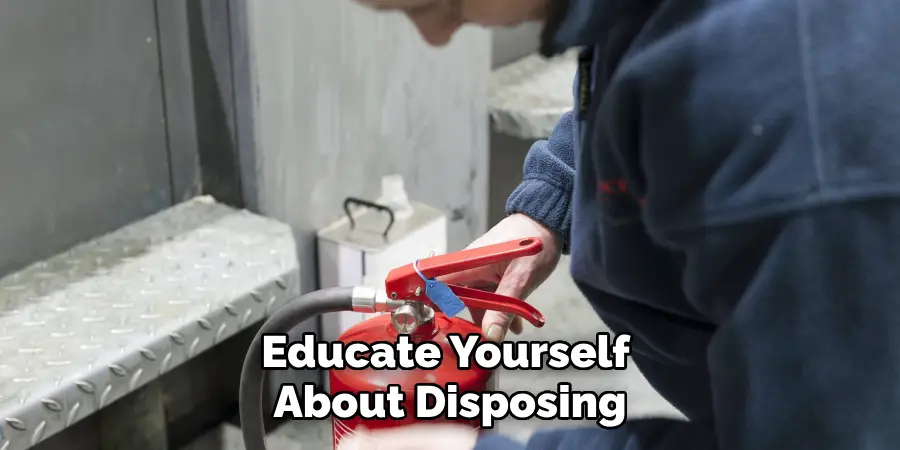
By following these tips on how to dispose of fire extinguishers, you can help prevent fires and be prepared to handle them if they do occur. Fire safety is everyone’s responsibility, so make sure to inform and educate those around you as well.
Frequently Asked Questions
What Should I Do if a Fire Extinguisher is Not Enough to Put Out a Fire?
Immediately evacuate the area and call for professional help. Do not try to fight the fire alone.
Can I Use a Fire Extinguisher More Than Once?
It depends on the type of extinguisher. Some can be recharged and used multiple times, while others are designed for one-time use only. Make sure to check the label on your extinguisher or consult with a professional.
When Should I Replace My Fire Extinguisher?
It is recommended that your fire extinguisher be replaced every 5-15 years, depending on the type and manufacturer. Regularly check the pressure gauge and inspect for any damages or signs of wear and tear. If unsure, consult with a professional.
Is It Necessary to Have Different Types of Fire Extinguishers?
Yes, it is necessary, as different types of fires require different types of extinguishers. Make sure to have the appropriate classes of extinguishers for your home or workplace and know which ones to use in case of specific fires.
Where Should I Place Smoke Alarms?
Smoke alarms should be installed on every level of your home, inside bedrooms, and outside sleeping areas. They are also recommended to have one in the kitchen and near potential fire hazards. Make sure to test and replace the batteries regularly. Remember, smoke alarms save lives.
Should I Have a Fire Escape Plan for My Workplace?
Yes, it is important to have a fire escape plan for your workplace as well. Make sure everyone knows the designated evacuation routes and practice them regularly. Don’t forget to include any necessary accommodations for individuals with disabilities.
What Should I Do if There is a Gas Leak?
If you smell gas or suspect a gas leak, immediately evacuate the area and call for professional help. Do not use any electronics or open flames, as they can ignite the gas. It is also important to know how to shut off your gas supply in case of an emergency.
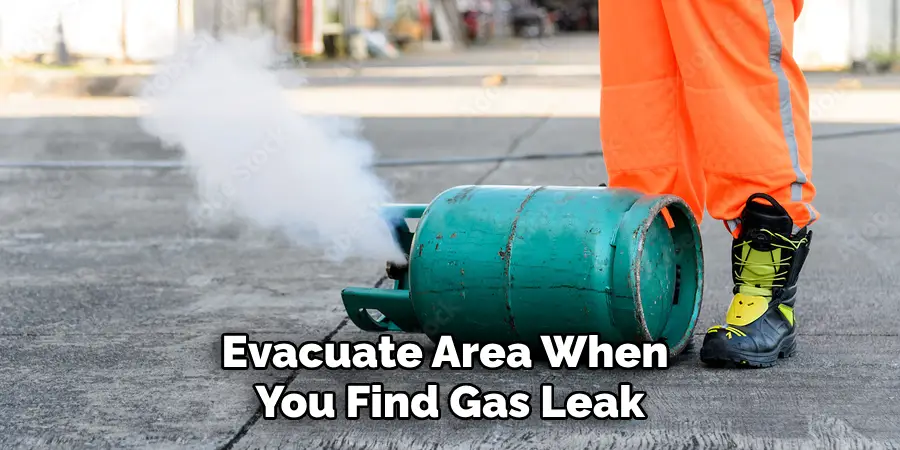
Conclusion
Being knowledgeable about how to properly use a fire extinguisher is crucial in case of an emergency. Remember to follow these guidelines on how to dispose of fire extinguishers, as well as additional fire safety tips, to prevent fires and ensure the safety of yourself and those around you. Stay informed, regularly inspect and maintain your fire safety equipment, and always be prepared for any fire situation. So, it’s important to follow all the guidelines and tips mentioned above to ensure the proper usage of fire extinguishers and overall fire safety.

